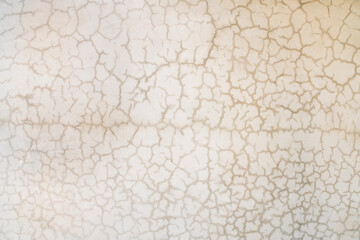Textured Concrete is a very interesting concept and can also be known as ‘grit textured concrete.’ This type of concrete has been around for many years but its uses and applications have not really been explored to the extent they could or should be. One of the big problems with textured concrete is the texture. If this was not done correctly, then you would have lumpy, uneven-looking concrete. In some cases, this might be aesthetically unpleasing.

The texture can be made to meet several requirements. One example is putting texture-made concrete on top of a smooth and flat surface. Another way of putting textured concrete onto a flat surface is to use it to create a texture that can sit above or below an existing surface. Yet another way of putting textured concrete is to make an imprint of some sort onto the concrete. These are just some examples of how texture can be used in different situations.
Many people have turned to concrete paint to create interesting and unique patterns on their concrete surfaces. The most common patterns created by concrete paint are stripes. Other patterns can include shadings and other forms of decorative effects. There are some advantages and disadvantages to each of these methods, so it is up to you to decide which one will be best for you.
Paint can be applied fairly easily so it does offer a lot of versatility. On the downside, however, you need to clean up any spills that you make because the paint will stain quickly if it does not dry properly. Plus, there is also the chance that the paint itself will chip away from the concrete as it is worn over time. Also, certain paints can react with certain cleaners so be sure to read the instructions on what types of cleaners will work with which products.
The use of texture can also be advantageous. By creating a texture with concrete, you can create interesting patterns or just create a distinctive look for your concrete. Textured concrete can be a great way to give your concrete an extra dimension without adding too many elements to it. You can create a textured surface that mimics stained glass for outdoor patio designs or a textured surface can be used to add some interest to a boring concrete floor. No matter what the purpose, you can be assured that texture will add interest to your project.
Once you have decided to add texture to your concrete, you should prepare your surface by adding concrete paint or other finishing elements. After you have cleaned up spills and added any other finishing elements such as stains or accents, you should prepare the actual textured surface. You can either smooth out the texture or roughen it up a bit. Either way, once you have finished preparing your surface, you should be able to smooth it out quite well.
The next step in creating a textured concrete surface is to begin creating the pattern. Most people start by simply creating a border around their pattern, but if you are comfortable creating your own pattern, then this would be fine also. The easiest way to create a texture is to simply scatter concrete around on the surface in random patterns. However, if you don’t want to create your own texture, then just scatter concrete across the entire surface in a uniform pattern. You should also make sure to smooth out any inconsistencies in the texture by using coarse sandpaper. Once all of the irregular areas are smoothed out, you should then lightly sand the texture to create a uniform surface.
Textured concrete can be a great way to give your concrete an extra dimension or to simply enhance the existing color of the concrete. There are also a variety of textures available, so there should be one that works for you. If you are planning on doing a lot of detail, then textured concrete may not be the best option for you, but if you only want to enhance the existing color of the concrete, then it may be just what you need.